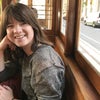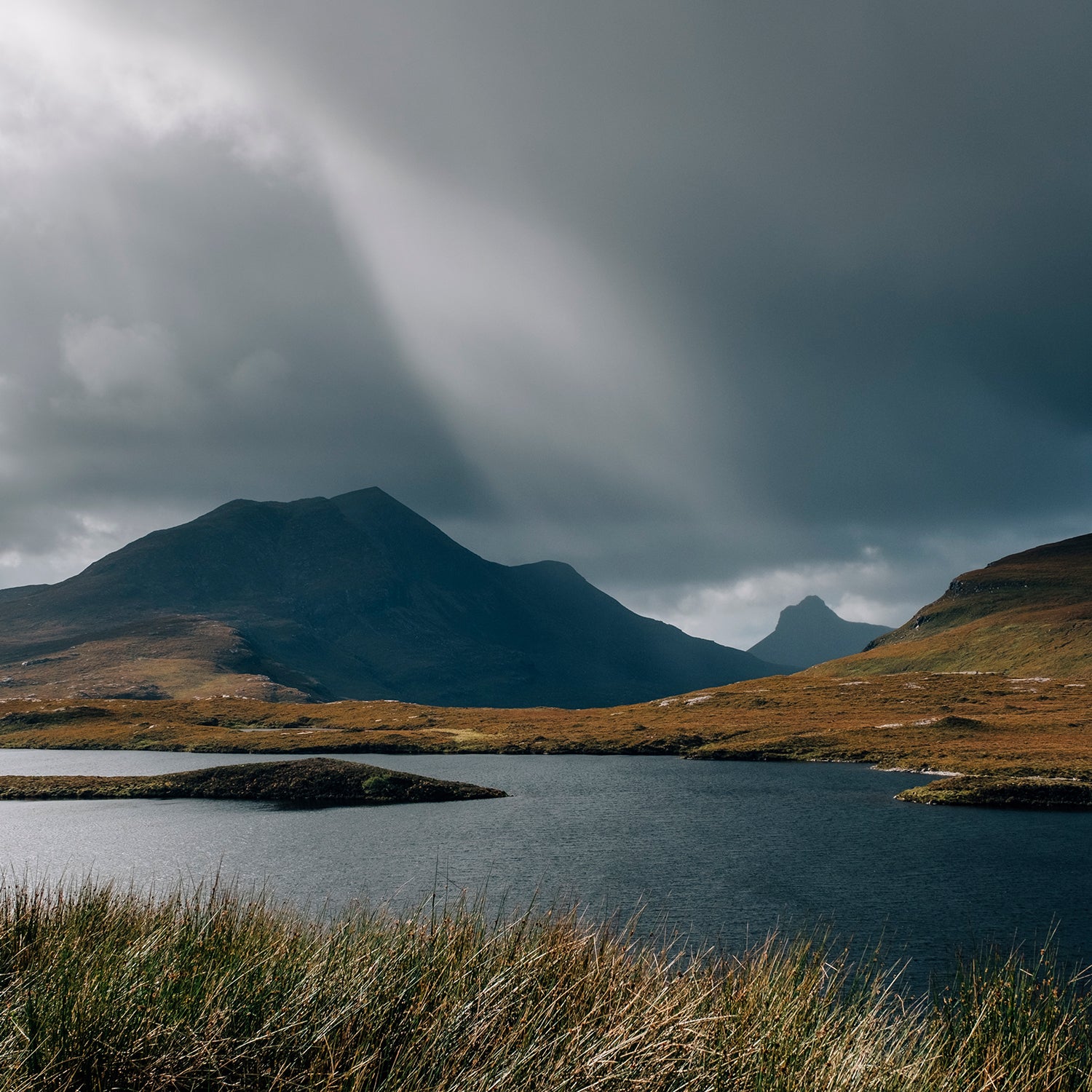ThereÔÇÖs something lurking beneath the surface of each of these new fiction releases. Sometimes itÔÇÖs literal (water snakes!), but mostly itÔÇÖs a feeling of unease, impending doom, or everyday life going askew.╠řAll three books set us in the present day, in places like╠řSydney,╠řa Scottish lakeside retreat,╠řand a small midwestern town. We meet characters who are going about their days and feeling, you know, normal levels of ennui. But then come the fires, earthquakes, accidents,╠řandÔÇŽ human hibernation? These books take a literary approach to heavy themes like climate change and survival, but often with a satisfyingly weird bent that propels the stories forward and casts new light on familiar ideas. In other words, all of them would be ideal to absorb yourself in while╠řlate-season snowstorms swirl outside.
ÔÇśThe Inland Sea,ÔÇÖ by Madeleine Watts
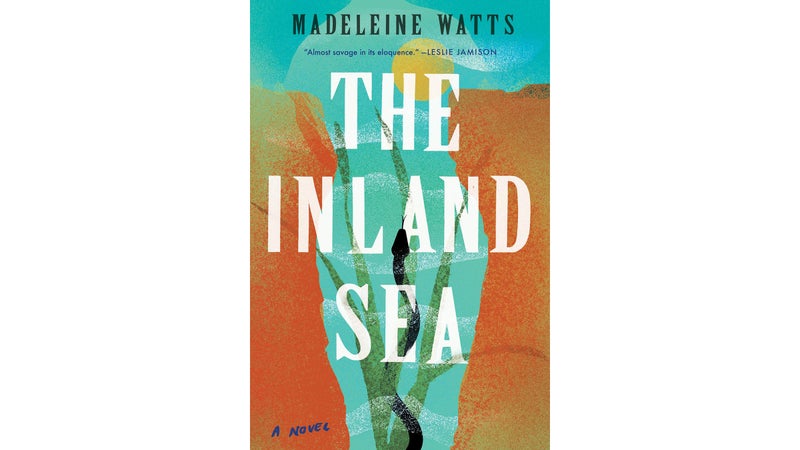
The unnamed narrator of Madeleine WattsÔÇÖs╠ř spends much of her time engaging in self-destructive behavior, including but not limited to excessive drinking, having an affair with an old lover, and ignoring bruises, hair loss, and other signs of a╠řmysterious health issue. Then again, everyone around her seems prone to equally heedless decisions. She lives in Sydney, where , , flooding, and other climate-change-fueled natural disasters are a constant threat. Still, she watches coastal residents╠řbuy more insurance on their at-risk homes instead of moving; she imagines ÔÇťsharks butting up against the windowpanesÔÇŁ one day. In a particularly on-the-nose plot device, she gets a job as an emergency-dispatch operator and finds herself feeling more paranoid and helpless as she spends her days hoping to assist people in crisis before itÔÇÖs too late.╠ř
The plot is more observational than action-packed; we spend the whole time in the narratorÔÇÖs head as she slogs through each day, recalls scenes from her childhood, and brings up random bits of history and literature that speak to her own anxieties. In recurring historical passages interspersed with the narratorÔÇÖs own thoughts, she talks about her great-great-great-great-grandfather, John Oxley,╠ř who searched fruitlessly for AustraliaÔÇÖs ÔÇťinland sea.ÔÇŁ He imagined a mythical Eden in the middle of the continent, where there is actually just more landlocked bush. Our lost narrator is both a hot mess and a sort of Cassandra, who sees humanity hurtling toward a scary future and ignoring all the signs of what needs to change. Through her, Watts astutely weaves together observations on sexual autonomy, ill-fated journeys, Roman myths, family ties, and how mundane the effects of climate change can feel, until they donÔÇÖt.
ÔÇśLife Among the Terranauts,ÔÇÖ by Caitlin Horrocks
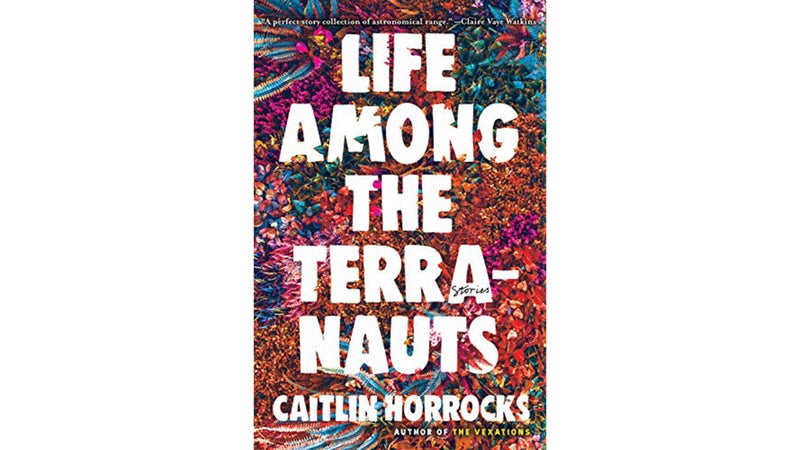
In her╠ř, Caitlin HorrocksÔÇÖs pieces run╠řthe gamut from ÔÇťwhere the heck did you think of this idea?ÔÇŁ to ÔÇťessentially based on a true story.ÔÇŁ╠řSomehow╠řeach still feels believable in its own way. The first and last entries are a case in point.╠řIn the first, ÔÇťThe Sleep,ÔÇŁ a man named Al who lives in a quiet midwestern town decides to hibernate each winter. This is bizarre, but the guy actually makes a convincing case for it.╠řHe explains that astronauts want to do it for long trips ÔÇťso they donÔÇÖt go nuts and kill each otherÔÇŁ (). He also, perhaps apocryphally,╠řexplains that in the old days in Russia, people would mostly sleep around the fire much of the time: ÔÇťOnly so much food could be laid in, and the thinking went that unless a man had something to do in the cold and the dark that justified the calories, he was better off doing nothing.ÔÇŁ Things get stranger as other townspeople discover the definitely made-up benefits of sleeping for months on end (straighter teeth and dreams of paradise). Still, you can kind of imagine that if this were to happen in real life, it would go as Horrocks describes, with╠řreporters catching on and a Dr. OzÔÇôtype character weighing╠řin on national news, saying that ÔÇťlegislation should be passed before the custom could spread.ÔÇŁ╠ř
The last piece of the collection shares the name of the book, and its plot bears a close resemblance to the real story of╠řBiosphere 2. In both the fictional and real-life versions, people enter╠řa sealed-off biodome and try╠řto survive there for as long as possible, with the real challenge being group dynamics. Cults form! Money and reputations are on the line! Again, most of this really did happen!
Life Among the Terranauts sometimes relishes going off the rails altogether, as in a story about a woman traveling an Oregon Trail that seems to be a weird hybrid of the real thing and the game version (fellow travelers have names like ChezyPizza). But even the silliest concepts are vehicles for realistic characters who are searching for more meaningful connections in difficult or lonely circumstances. The stories are absurdist little morsels that make you╠řthink deeply about dealing with loss, hardship, and isolation.
ÔÇśSummerwater,ÔÇÖ by Sarah Moss
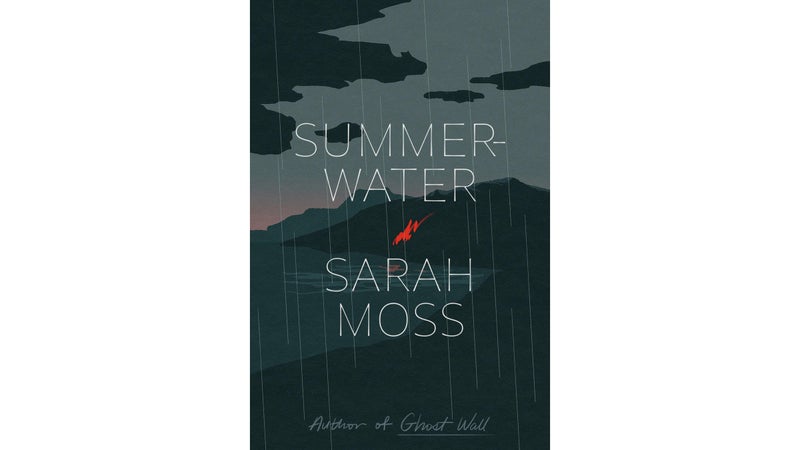
If escaping to a Scottish lake (sorry, loch) sounds lovely right about now, Sarah MossÔÇÖs╠ř will do its best to convince you otherwise. In this novel,╠řset amid╠řa community of vacation cabins and taking place in a single day╠řof relentless rain, we hop from one vacationerÔÇÖs mind to another, picking up eerie clues along the way that something bad will happen before the next morning arrives. Moss has a deft hand with the stream-of-consciousness format through which she presents each character, from a mother sneaking out for a dawn run to a teen escaping his family with some alone time on a kayak. You start to recognize characters whose minds youÔÇÖve just spent time in, as theyÔÇÖre observed by other characters. The running woman contemplates her weak heart, remembering her doctorÔÇÖs advice to never run alone: ÔÇťBut whatÔÇÖs another person to do, if her heart stops? How would it help, to have a witness?ÔÇŁ In the next chapter, a grumpy old man whose cabin she briefly passes sees her run by: ÔÇťWouldnÔÇÖt even know if someone was coming up behind her, and what about her children, who looks after them while sheÔÇÖs wearing out her joints, pounding down that hill in her underwear?ÔÇŁ Mysterious little asides appear between each chapter, in which the woodland creatures╠řaround the loch give silent and often creepy watch over the humansÔÇÖ goings-on. ÔÇťSmall creatures in their burrows nose the air and stay hungry. There will be deaths by morning.ÔÇŁ ItÔÇÖs a slim novel that builds tension right up to the end, and the intrigue is more in the journey than the destination. YouÔÇÖll likely relate to some charactersÔÇÖ thoughts╠řbut consume most of the book like some highbrow reality TV: watching everyone watch each other, and wondering when things will go wrong.

